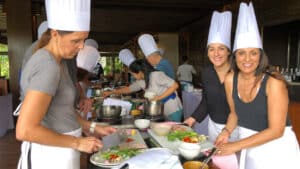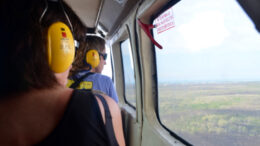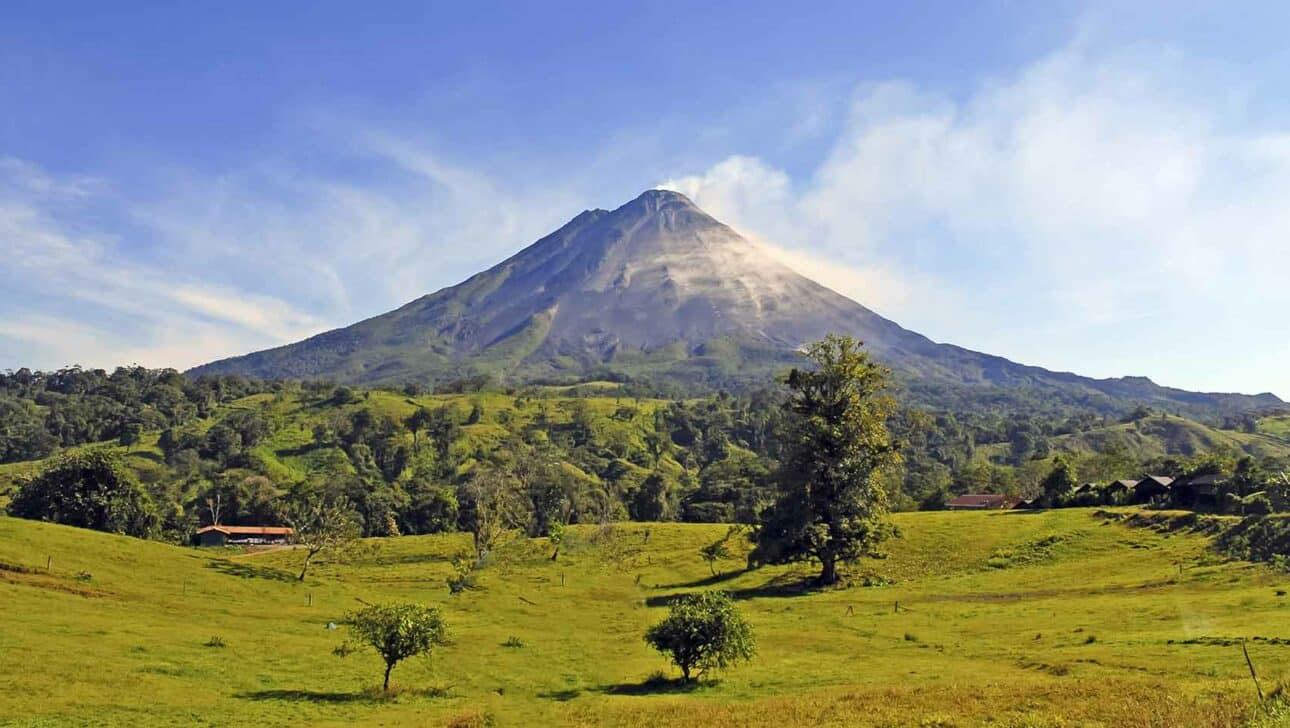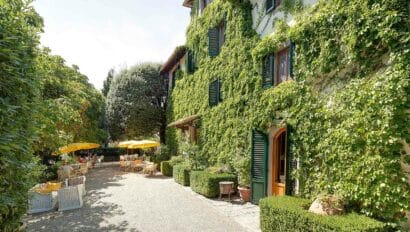Lush tropical foliage…misty mountaintops…lava-streaked volcanoes. Of all the exotic images I had of Costa Rica prior to my first visit, I never pictured myself on the side of a rutted road, using a banana leaf as a funnel to refill the gas tank of my 4X4.
I was on my way to Monteverde, eager to explore the legendary cloud forest famed for exotic birds, incredible wildlife, and the zip lines criss-crossing its tree canopy. Having already visited Africa and Asia, I should have remembered that in developing countries, the driving distance from Point A to Point B bears little relationship to how long it will take to get there. At Classic Journeys, scouting a new walking trip (like we did in Costa Rica in 1996) is an adventure in itself. It all begins with an idea: a tip from a colleague, a suggestion from a guest, an article in the Travel section of the local newspaper. For the next several months, we pore over the ins-and-outs of the new region, consult with friends and contacts worldwide to create a working itinerary, and compile our short list of hotels, restaurants, attractions, activities, and top-notch native guides.

Then we hit the ground running. We take every proposed walk ourselves (often multiple times), sleep in the hotels where our guests will sleep, and dine in the restaurants where our guests will dine…all the while making personal connections with local chefs, winemakers, artisans, and artists.
The whole process can take up to a year, during which we discover firsthand what can go right and even what can go wrong.
A few things we’ve learned in Scouting 101:
There’s always room to spice up an agenda.
While dining with friends and colleagues at an excellent restaurant in Provence, we realized that our guests would love the cuisine just as much as we did. When we asked the chef’s wife (who spoke English) if her husband might consent to a cooking instruction for our guests, he agreed, and the two-hour session in Jean-Pierre’s kitchen immediately became a tour highlight. Coincidentally, that one meeting eventually led to the creation of our culinary tours in Provence, Tuscany, and Amalfi.

First impressions aren’t all that counts.
Even a highly regarded hotel, like the one we road-tested in Naples, can turn out to have unforeseen flaws. In lovely surroundings, we spent a not-so-lovely night listening to work crews installing cable on the busy street below. Lesson learned: Avoid main thoroughfares and seek out “hidden gems.”
Maps are great, but they don’t tell the whole story.
Our walk to the highest point on the island of Cres, off the Istrian peninsula, was less than relaxing. On a steep, precarious path consisting of loose rock, we spent most of the time looking at our feet. Undeterred, we developed a more easy-going walk with spectacular views and surer footing.
The upshot is this: scouting a Classic Journey takes time, energy, ingenuity and patience. And there’s no better feeling than when the pieces finally fit.
If you’ve taken a walking trip where careful planning has really paid off – or you’ve learned the hard way how serendipitous adventure travel can be – share it with me at blog@classicjourneys.com. And if you’d like more information about our Cultural Walking Adventure or Family Journey to Costa Rica, check out the full itinerary.




